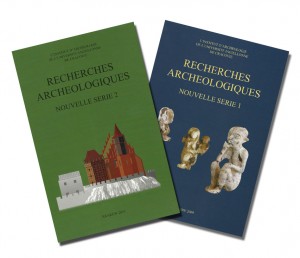The Anger of Achilles by L. Muellner

Cosmic anger and the poetic function of the mênis theme in Greek epic
Hour 25 members who have enjoyed our past discussions with Professor Leonard Muellner will be happy to hear that the Center for Hellenic Studies has added Muellner’s The Anger of Achilles: Mênis in Greek Epic to its curated collection of free, online books.
As in his first full-length volume, The meaning of Homeric εὔχομαι through its formulas, Muellner
has focused this study on a single word and theme, but in this case his
topic is nothing less than the subject of one of the foundational texts
of the Western cannon.
The book has five chapters and an appendix:
Acknowledgments
Introduction: Approaching Anger
1. Mênis and Cosmic Status in the Hierarchy of Peers
2. Mênis and the Social Order
3. The Narrative Sequence of the Hesiodic Theogony
4. The Mênis of Achilles and the First Book of the Iliad
5. The Mênis of Achilles and Its Iliadic Teleology
Appendix. The Etymology of Mênis
Bibliography
Throughout, Muellner combines philological and anthropological
approaches as he presents careful, systematic and contextual analysis of
each and every occurrence of mênis and its derivatives in Greek epic, eventually arriving at a new definition:
Mênis is an
emotion that acts to change the world. It is not a word for ‘solemn
anger’ but the sacred name of the ultimate sanction against tabu
behavior, and epic personages invoke it to forestall people from
breaking fundamental cosmic rules.
Each chapter builds upon the next as
Muellner considers the words, formulas, themes, and texts that deal with
this cosmic anger. Richard Martin has rightfully called Muellner a
“homerist’s homerist” for his beautiful prose, original analysis, and
technical skills as a philologist. Chapter 3, which explores the
metonymic logic of the Theogony, supports such an epithet. It is
a revelation that may change how you read ancient Greek myth generally.
The appendix, which considers an Indo-Iranian term related to mênis, may
feel less familiar to readers, but proves worth the effort. Rest
assured, Muellner translates every passage he discusses, so even new
readers of ancient Greek literature will find that this text is
accessible and rewarding.

















 Stumble It!
Stumble It!
